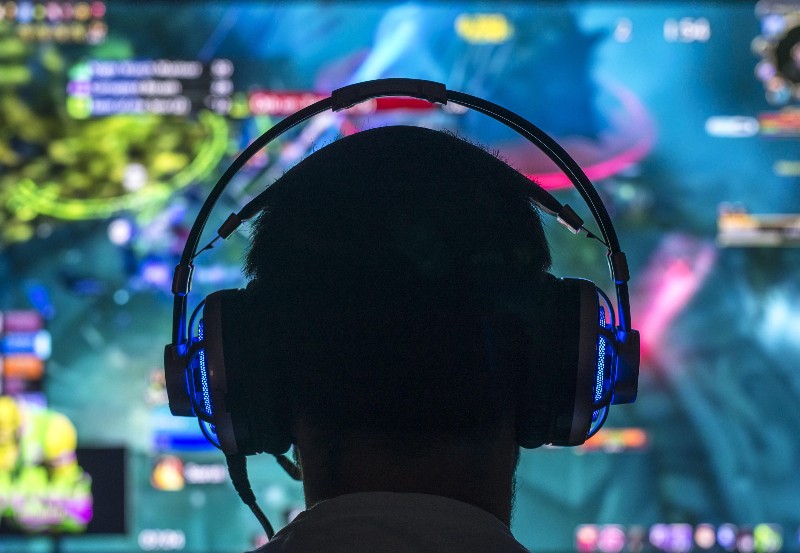
Smacking a 100-mile-an-hour fastball or shooting down a fast-moving alien invader in a video game might involve more than fast reflexes, researchers report.
Elite gamers and pro athletes may also have a hidden vision advantage over others, a new study finds.
Some people can perceive rapidly changing visual cues better than others, researchers reported April 1 in the journal PLOS One.
This advantage in eye tracking could explain why some people are better in settings where response time is critical, researchers said.
“We don’t yet know how this variation in visual temporal resolution might affect our day-to-day lives, but we believe that individual differences in perception speed might become apparent in high-speed situations where one might need to locate or track fast-moving objects, such as in ball sports, or in situations where visual scenes change rapidly, such as in competitive gaming,” said lead researcher Clinton Haarlem, a doctoral candidate with Trinity College Dublin in Ireland.
The rate at which people perceive the world is known as “temporal resolution,” researchers said. Some people effectively see more images per second than others.
To quantify this, researchers asked participants to look at a flickering light source. If the light flickered faster than a person’s visual threshold, they saw the light as steady rather than blinking.
Some participants saw the light as completely still when it was flashing about 35 times a second, results showed.
On the other hand, some were still able to perceive flashes at rates more than 60 times per second.
It also appears that this trait is very stable among people, Haarlem said. A person who perceives fast flickers of light tends to retain that talent.
“This suggests that some people may have an advantage over others before they have even picked up a racquet and hit a tennis ball, or grabbed a controller and jumped into some fantasy world online,” Haarlem said in a college news release.
Researcher Kevin Mitchell, an associate professor of developmental neurobiology at Trinity, compared these differences to conditions like colorblindness that are inherent in some.
“This study characterizes one such difference — in the ‘frame rate’ of our visual system,” Mitchell said. “Some people really do seem to see the world faster than others.”
More information
Stanford University has more on perception of motion.
SOURCE: Trinity College Dublin, news release, April 1, 2024
Source: HealthDay

Leave a Reply